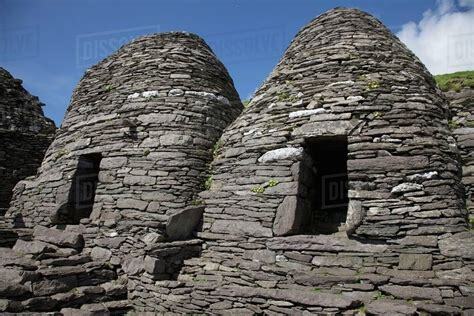Celtic Churches

St Brigette (Brigid)
Episode 12 Celtic Churches
The Celtic World
Dr Jennifer Paxton (2018)
Film Review
Christianity arrived in Roman-occupied Britain in the 3rd century AD. It’s believed Catholic missionaries from Gaul brought it to British cities, from where it spread to the countryside. Britain had dozens of churches by the time Roman rule ended. This is clear from Christian images in ancient British Roman mosaics and 3rd century chalices and other religious artifacts.
It would be 100 years before Christianity spread from Britain to Ireland (most likely by Christian slaves). In 431 AD, the pope sent Bishop Paddadius to minister to Irish Christians.
Another important Catholic missionary was St Patrick, who was born in Roman Britain and sold into slavery in Ireland y Irish pirates. After spending six years tending sheep in northern Ireland, he received a divine call to escape captivity, train as a priest and return to covert the Irish. He wrote about his experiences in manuscript later titled the Confession of St Patrick. According to Paxton, the myths he drove the snakes out of Ireland or used the shamrock to explain the Holy Trinity are untrue.
Ireland’s monastic movement came to island via southwest Scotland and Wales. Without centralized bishoprics, Irish monasteries became important centers of learning.
St Bridgette, an important monastic leader, was Ireland’s other 5th century saint. The three biographies of her life (two in Latin and one in old Irish) were written more than 200 years after she died. In an 8th century, biography, she is credited with magical powers (controlling the flow of rivers and empowering forests to thwart thieves).
The earliest Irish Monks initially lived in wooden huts and later in stone beehive huts.

They pursued three types of martyrdom:
red martyrdom – giving up their livesgreen martyrdom – living an ascetic lifewhite martyrdom – perpetual exile, either to Europe, Britain or the open seas.White martyrdom enabled them to establish monastic orders elsewhere in Europe.
Two other important medieval Irish saints:
St Columbanus (543-615 AD) – set out for Gaul with 12 followers and exiled from the French court after criticizing the king for lax sexual morals and setting the wrong date for Easter. After leaving the French court, founded a number of monasteries in various Frankish and German kingdoms (which survived until the Protestant reformation led to their dissolution in the 17th century). His monasteries played an essential role in preserving ancient Greek and Roman manuscripts.St Columba (died 597 AD) – founded a confederation of monasteries in northern Ireland and southwest Scotland. The monastery he founded on the Scottish island of Iona would house the missionaries which would ultimately convert northern Britain to Christianity.Film can be viewed free with a library card on Kanopy.
https://pukeariki.kanopy.com/en/pukeariki/video/5701024/5701048
The Most Revolutionary Act
- Stuart Jeanne Bramhall's profile
- 11 followers



